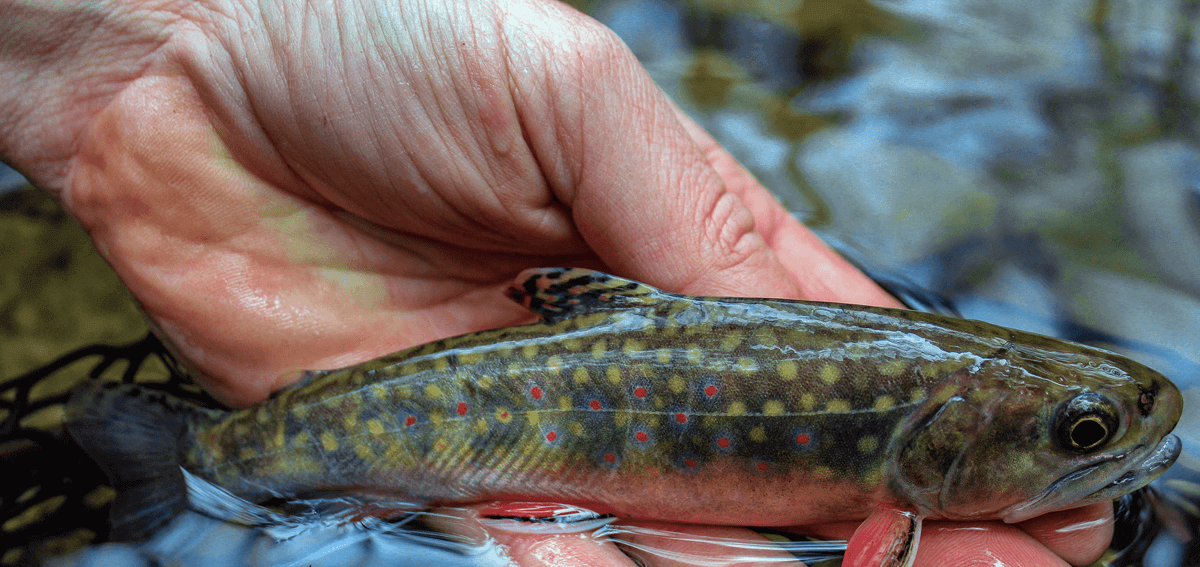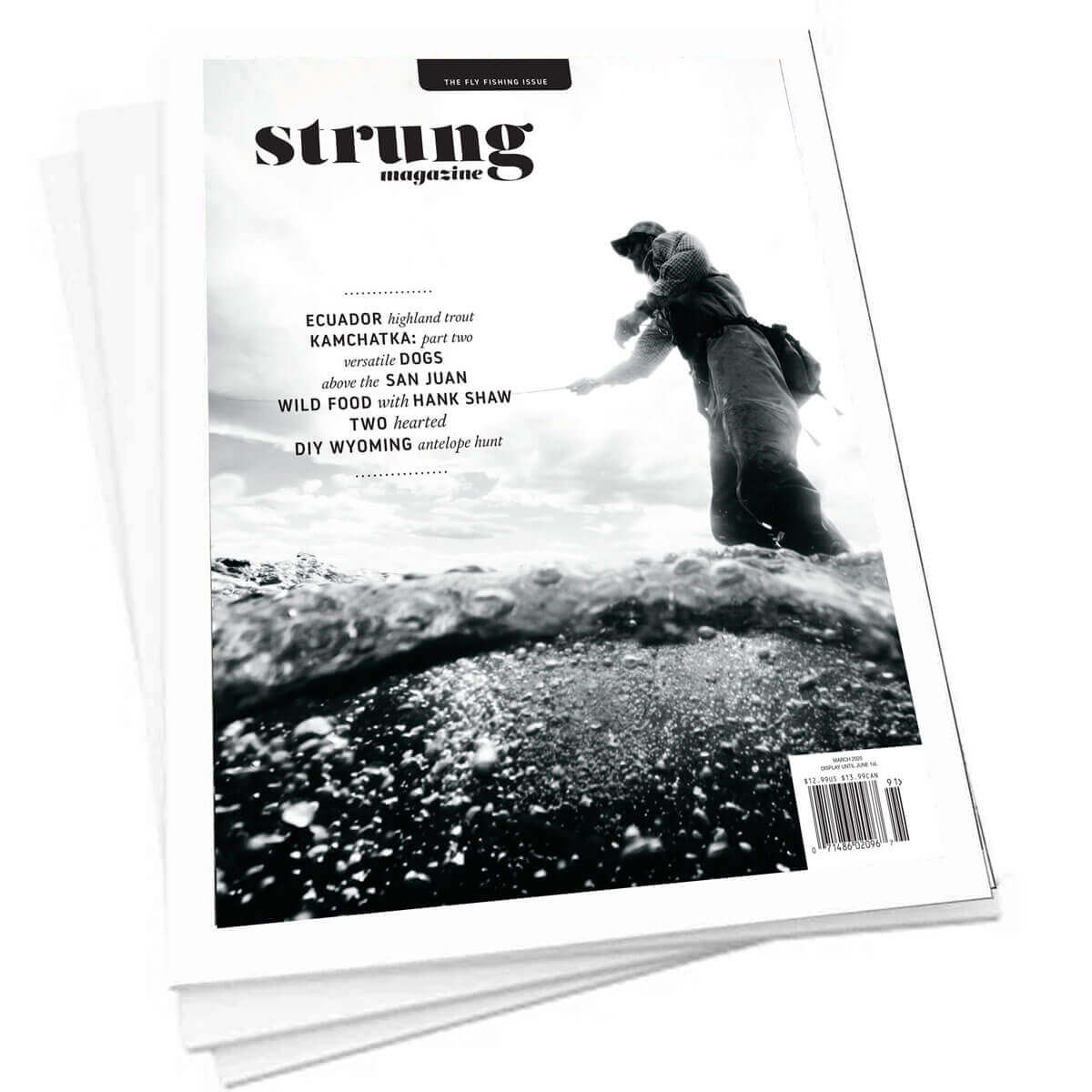It’s not an easy thing to accomplish from a fisheries standpoint, as hatchery-grown brown and rainbow trout are larger than the native brook trout and are thus a predatory threat. In an age where bigger is automatically deemed better, the underlying merits of the native fish must be learned in order to be fully appreciated.
Over the past 130-odd years, the state of Pennsylvania has taken its turn leading the nation in iron, steel, coal, and lumber production at different times. Those resources brought a bevy of wealth and power to the Keystone State as families flocked to take advantage of the boom times present from the Delaware to the Allegheny. Long before 25 million acres of woods were cut and some of the 84 billion tons of coal were mined, brook trout swam in the tumbling Appalachian Mountain streams.
What is in the word resource? Is it synonymous with economic potential, power, and progress? It is something that Pennsylvania anglers have wrestled with ethically and morally for the last century. The clear-cutting of expansive white pine and eastern hemlock fed the forges to produce iron and steel. Exploitation of those natural resources led to jobs and fiscal stability, but at a real price.
As deforestation expedited soil erosion in riparian zones and improper mining practices flushed acidic discharges into headwater streams, brook trout populations suffered. Less than nine percent of their current Appalachian Mountain habitat is classified as “intact” when compared to pre-European colonization levels, and almost none that remains lies within Pennsylvania. The cost of natural resource acquisition and the human encroachment that accompanies it has tangibly affected brook trout.
Over time, the perception of resources’ inherent value has changed, giving the brook trout a ledge on which to take hold. Despite the widespread and massive assault on their homeland, the resilient native char have clung on in secluded headwaters. Even though they largely disappeared from the main river systems which constituted their historic strongholds, they endured higher in the mountains farther from human interference. Their presence, once disregarded, would finally become a priority of conservation groups throughout the region.
As is often the case throughout human history, the mistakes made in the past are only compounded by future errors in an attempt to restore balance. In Pennsylvania, that meant replacing depleted trout populations through supplemental stocking. Even once it was clear the brook trout were gone from their old haunts, the remedy proved equally detrimental. Scientific evidence abounds showing the damage that stocked fish can do to wild trout populations through predation, usurping of spawning grounds, and the introduction of inferior genetics into the local gene pool.
The Pennsylvania Fish and Boat Commission (PFBC) was, and in a lot of ways still is, stuck in an extremely difficult situation. Culturally, a significant number of anglers associate “good” trout streams with frequent visits from the stocking truck. It’s something that has been ingrained over time and recognition of the inherent value of wild, native fish isn’t widespread. Any time there is news of reduced stocking numbers, residents become restless and voice displeasure. The reality is that fewer stocked fish means promoting the revival of our state fish and its wild DNA. The Keystone State’s defining challenge is determining the true value of our greatest resources.
It’s not an easy thing to accomplish from a fisheries standpoint, as hatchery-grown brown and rainbow trout are larger than the native brook trout and are thus a predatory threat. In an age where bigger is automatically deemed better, the underlying merits of the native fish must be learned in order to be fully appreciated. For those looking to obtain a brace of fish for the frying pan, the smaller natives are probably a bit of a disappointment. The value of this resource lies in the brook trout’s resiliency. The fact that less than ten percent of their historic range is intact seems sad, but in reality, it’s rather impressive. When Pennsylvanians clear-cut forests, haphazardly mined for coal, dumped industrial waste into waterways, and stocked foreign trout into the streams, the brook trout defied the odds.
Thankfully, times and views of our fish and how to handle them have evolved. There is no more wanton and unregulated pillage of the land and minerals underneath. Brook trout populations are being valued as they should be, and receiving special protection from the PFBC. With any luck this will just be the start of a new era in which the most precious resources Pennsylvania possesses will be those found swimming in her mountain streams for perpetuity.
By Nick DelVecchio
Photos by Stephanie DelVecchio
Nick DelVecchio is a freelance outdoor writer and the owner/head fishing guide at Wildwood Outfitters. He guides anglers of all skill levels on the many trout waters in Pennsylvania, providing all of the necessary gear on trips customized for each guest.



